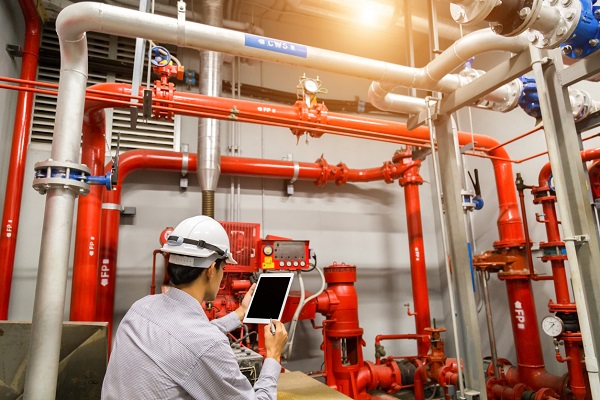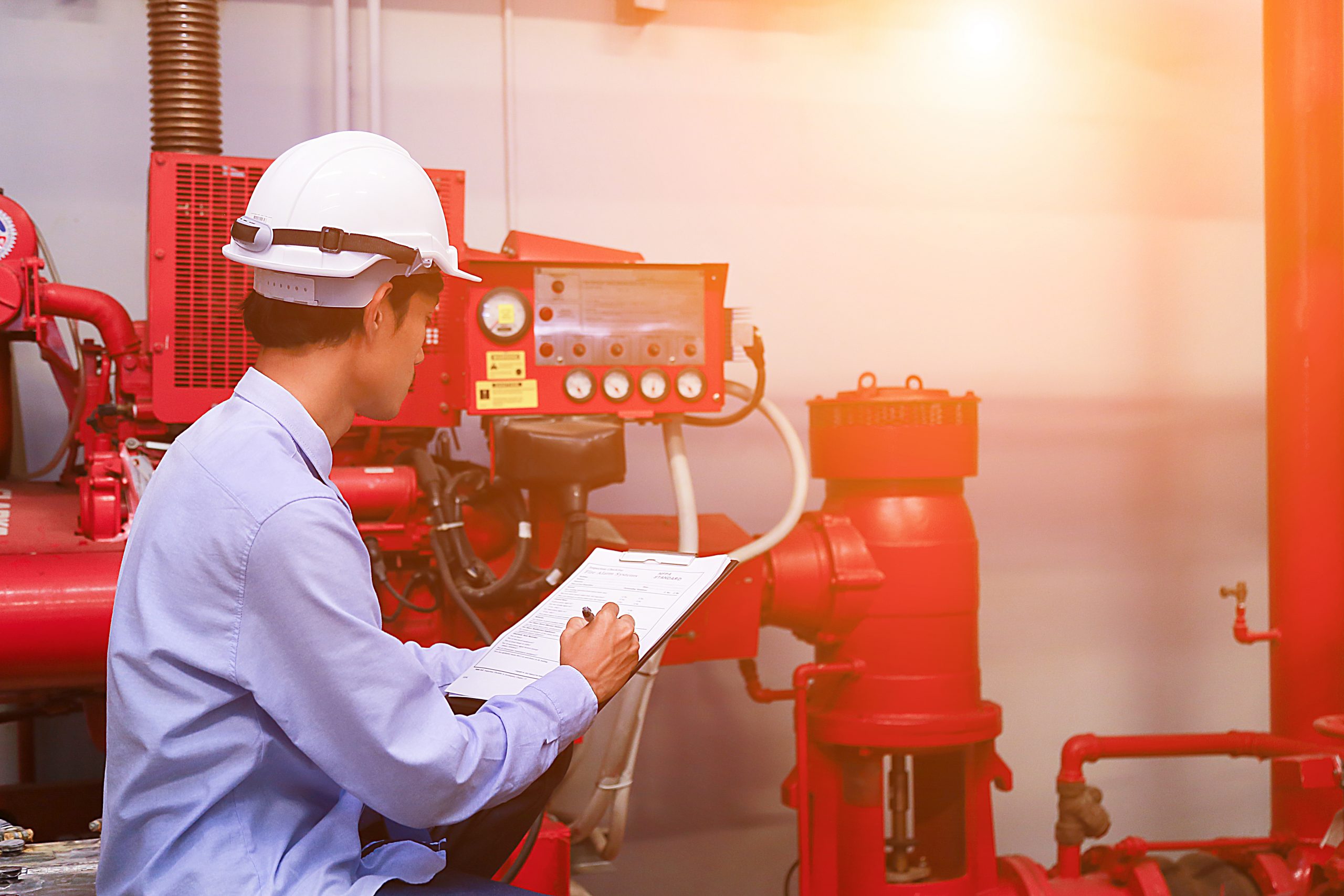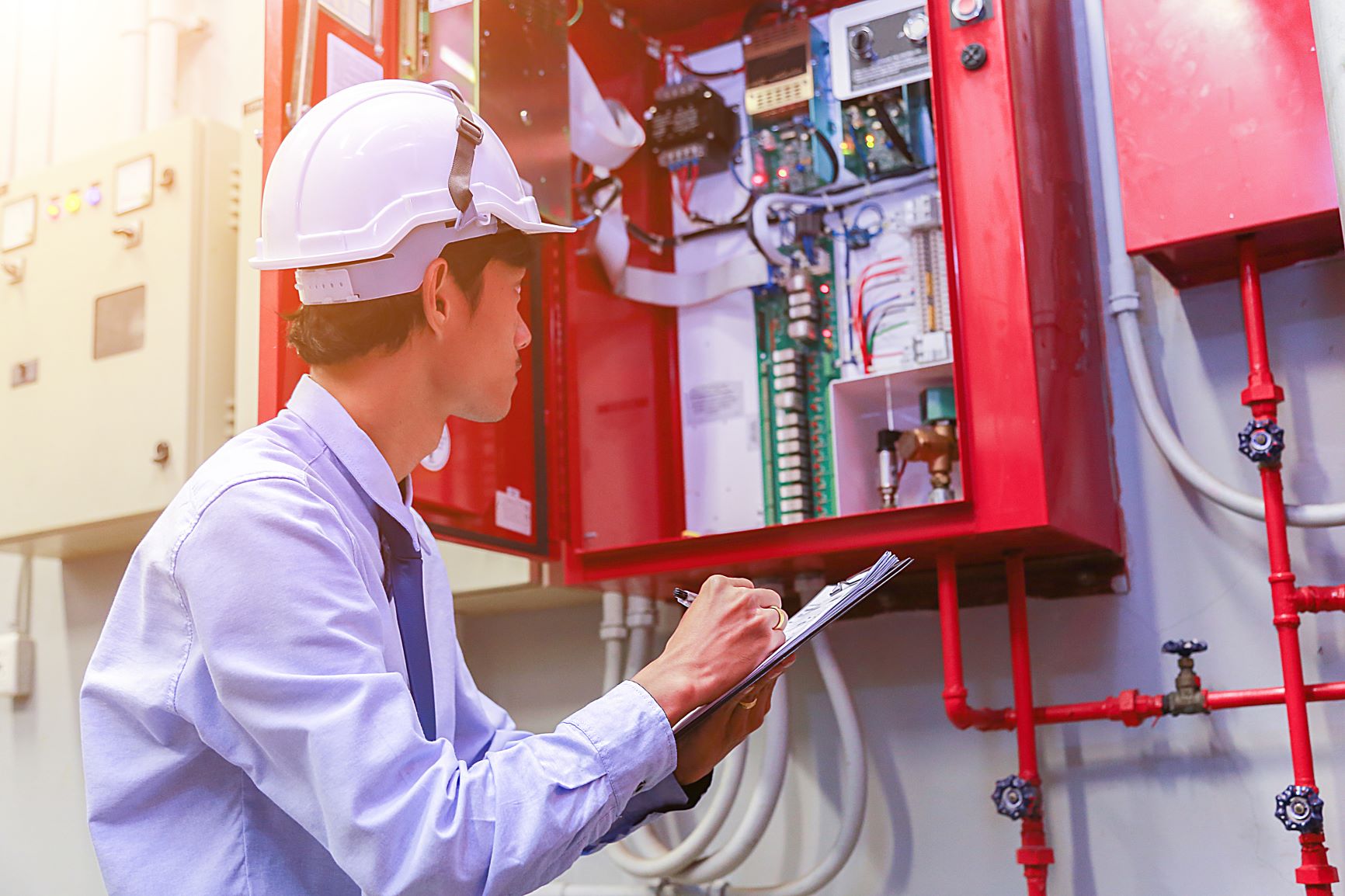
9 Tips for Fire Sprinkler System Repair & Maintenance
Leave your thoughtsFire Sprinkler System Repair
Fire sprinkler system repair are one of the most effective ways to protect your home from fire. According to the National Fire Protection Association (NFPA), homes with fire sprinklers have an 82% lower risk of death and a 69% lower risk of property damage from fire than those without. However, fire sprinklers are not a one-time installation. They require regular repair and maintenance to ensure they work properly when needed.
Here is a complete fire sprinkler system repair and maintenance checklist to keep them in good condition.
What is a Fire Sprinkler System Repair?
A fire sprinkler system repair is a network of pipes, valves, and sprinkler heads connected to a water supply. When a fire is detected by a smoke alarm or a heat sensor, the sprinkler heads in the affected area activate and spray water on the fire. The water helps extinguish the fire or slow its spread until the firefighters arrive. Fire sprinkler system repair can be installed in any building but are especially common in residential, commercial, and industrial settings.
Top Tips for Fire Sprinkler System Repair and Maintenance
To ensure your fire sprinkler system repair works effectively, you need to follow some basic repair and maintenance tips. Here are some tips to keep in mind:
1. Regular Inspections
Routine inspections are the key to fire sprinkler system repair and maintenance. Perform annual inspections or follow local regulations for inspection frequency. During inspections, carefully examine the pipes, valves, and sprinkler heads for any signs of damage, corrosion, leaks, or obstructions. Additionally, check water pressure and flow rates to guarantee the system’s functionality.
2. Clean Sprinkler Heads
Proper maintenance involves keeping the sprinkler heads clean and free from obstructions. Dust, dirt, grease, or paint can compromise their effectiveness. Use a soft cloth and mild soap to clean them, avoiding abrasive or flammable substances that could damage or ignite the sprinkler heads. Ensure that no decorations or objects obstruct their operation.

3. Replace Damaged Components
Immediate action is necessary when you detect cracks, dents, leaks, or malfunctions in your fire sprinkler system repair components. Avoid DIY repairs and contact a licensed fire protection contractor for professional replacement. Timely replacement ensures the continued reliability of your system.
4. Seasonal Pipe Maintenance
Prepare your pipes for winter by draining them in cold weather, especially in freezing regions, to prevent freezing and overflowing, which can lead to property damage and weakened fire sprinkler systems. Periodically flush your pipes to remove residue and debris, maintaining water flow and system performance. Open drain valves at pipe ends, allowing water to run clear. After repairs or system modifications, flushing is essential.
5. Alarm & Valve Testing
Regularly test your fire sprinkler system’s alarms and valves to ensure they function correctly and communicate effectively. This can be accomplished by activating the test switch on your alarm panel or by opening a test valve on your pipe network. Listen for the alarm’s loud sound and observe water flow from the test valve.
6. Water Supply Monitoring
Your fire sprinkler system relies on a consistent and uncontaminated water supply for optimal performance. Monitor your water supply regularly to detect interruptions or contamination caused by external factors such as power outages, water main breaks, or water quality issues. Always have a backup water source ready for emergencies.
7. System Updates
As technology advances and standards change, you may need to update your fire sprinkler system to meet the current requirements and expectations of safety and efficiency. You may need to upgrade your pipes, valves, sprinkler heads, alarms, or other components to comply with the latest codes or regulations. You may also need to modify your system to accommodate building layout, occupancy, or usage changes. Consult a fire protection expert for the best options to enhance your system.
8. Inspect the Pressure Relief Valve
Your fire sprinkler system may incorporate a pressure relief valve to maintain proper pressure levels. Inspect this valve quarterly to ensure it is functioning correctly. Look for signs of leakage or irregular pressure readings. If you detect any issues, consult professionals for fire sprinkler system repair to address them promptly.
9. Professional Service Provider
While you can do some basic maintenance tasks yourself, you should hire a professional fire protection service provider to perform complex or specialized repairs or maintenance on your fire sprinkler system. These experts have the knowledge, experience, equipment, and certifications to address fire sprinkler system issues safely and efficiently. They can also offer valuable advice and documentation.

Maintaining Your Fire Sprinkler System
Fire sprinklers are a valuable investment for property owners who want to protect their assets and lives from fire. However, fire sprinklers are not a set-it-and-forget-it solution. They require regular repair and maintenance to ensure they work effectively when needed. If you need any help with your fire sprinkler system repair and maintenance, contact Triniti Fire Life & Safety Solutions today. We are a licensed and insured fire protection company offering affordable quality services.
